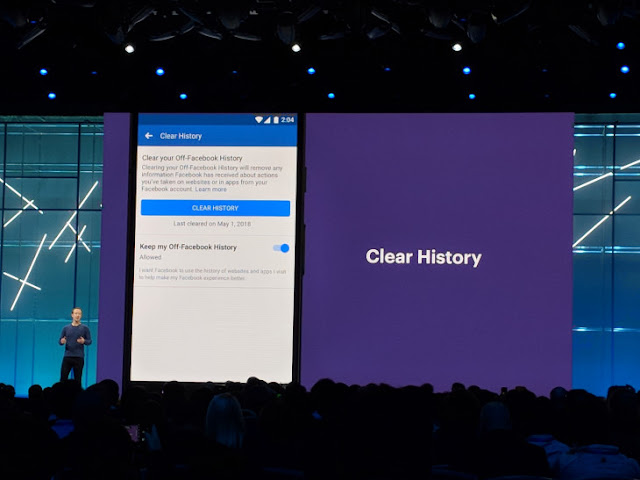Larry Harvey normalized the abnormal, expanding the boundaries of what creators
could attempt. That’s why there’s a special bond between Silicon Valley and Black Rock
City San Francisco , Harvey
Google’s SkyBox Imaging
satellites demonstrated the power of frequent aerial imagery by making this GIF
that shows Burning Man being constructed and torn down.
Burning Man began as an exhibition of
disruption on SF’s Baker
Beach Silicon Valley
evolved in parallel, straddling the concept of the open platform. Rather than
dictating what should be done, each provided the tools and autonomy necessary
for their participants to birth new experiences and opportunities.
The relocation of Burning Man that Harvey Black Rock Desert outside of Reno , Nevada
There’s a good reason why founders from Google, Facebook, Tesla,
and many more startups attend Burning
Man.
Great startups often come from challenging an
underlying premise about how the world operates. Nowhere makes that
malleability as tangible as Burning Man, where you can’t buy anything, the goal
is simply to delight others, everyone responsible is welcome, and self-reliance
is undergirded by a generous community. Harvey
From
Burning Man sprung early attempts at
self-driving vehicles, as the Disco Fish art car’s pilots sought to make it
avoid pedestrians in the inky night. Pioneers of LED technology bring glowing
sculptures, each year brighter than the last. In 2017, Symmetry Labs invented a
way to use Apple’s ARKit to map the positions of thousands of LED leaves so
patterns could roll through its Tree Of Tenere. Google’s SkyBox Imaging
micro-satellites demonstrated how frequent aerial imagery could reveal transportation
and population trends by making the GIF above of Burning Man’s construction.
Symmetry Labs pioneers new LED technology
at Burning Man with the Tree Of Tenere
I’ve seen
cross-company tribes of tinkerers working the kinks out of accelerometer light-up
shoes, VR theater performances, and all manners of team management software.
It’s a chance to test one’s talents beyond the container of capitalism.
Transformative moments spur
word of mouth, and soon Burning Man would be faced the questions about how to
scale to its newfound popularity ‘A good problem to have’ as Silicon
Valley calls it, but a problem nonetheless. Harvey
Instead, Harvey
I’ve
gone for 10 years and the magic remains, despite the anecdotes you hear. There
might be more affluent techies in expensive RVs than before, but many from the
industry earnestly embody Harvey
Now at 70,000 attendees per year, Burning Man
offers an escape into a creation, but also an escape from digital inundation. It’s one of
the few metropolises you don’t need a mobile phone to navigate. Harvey
Most obituaries encapsulate a life lost. But
the elemental Larry Harvey has been decentralized and instilled into a legion
of self-expressionists. While the event might only touch a tiny fraction of the
world, those inspired by it build for everybody. Harvey








No comments:
Post a Comment